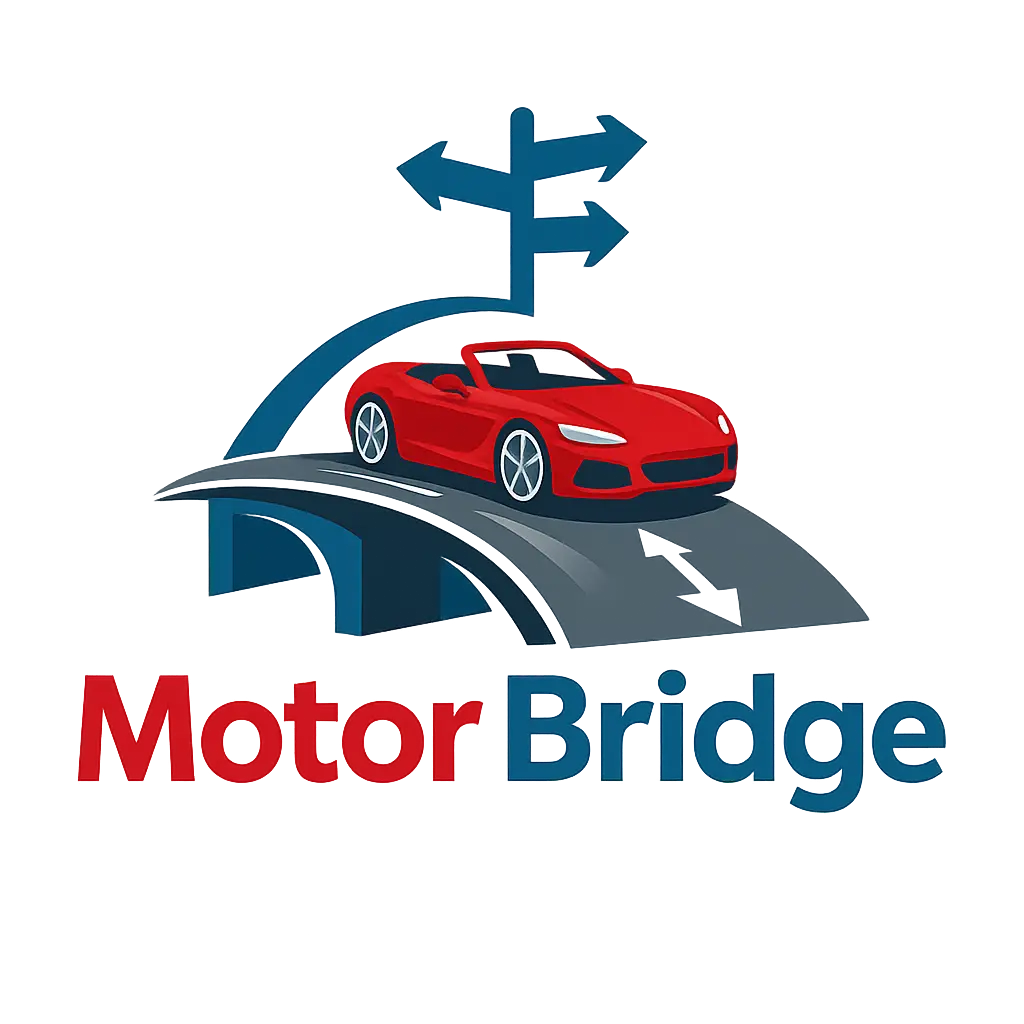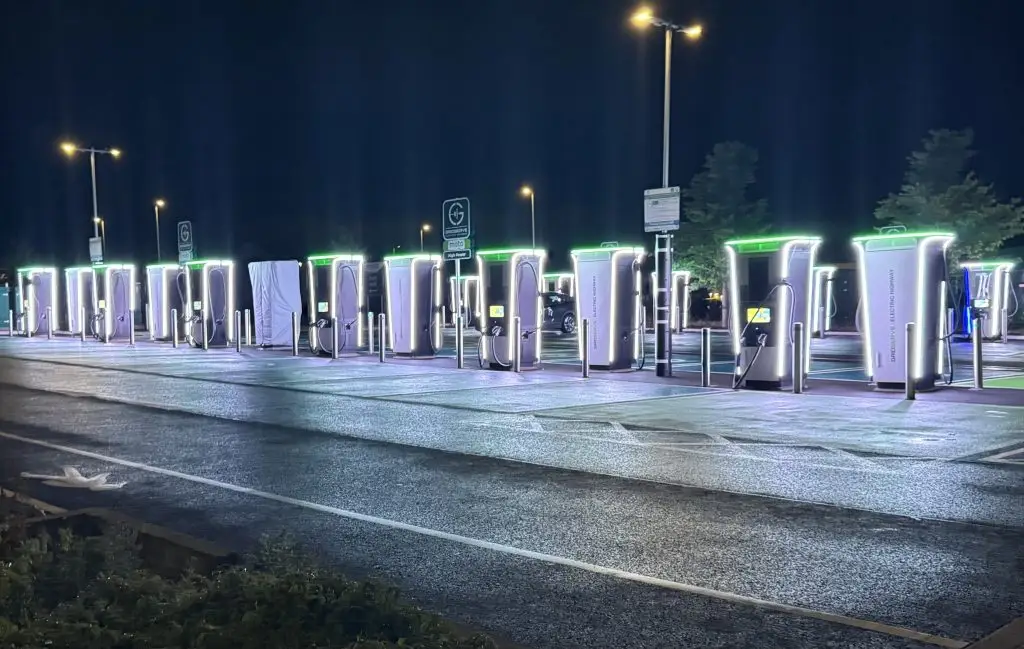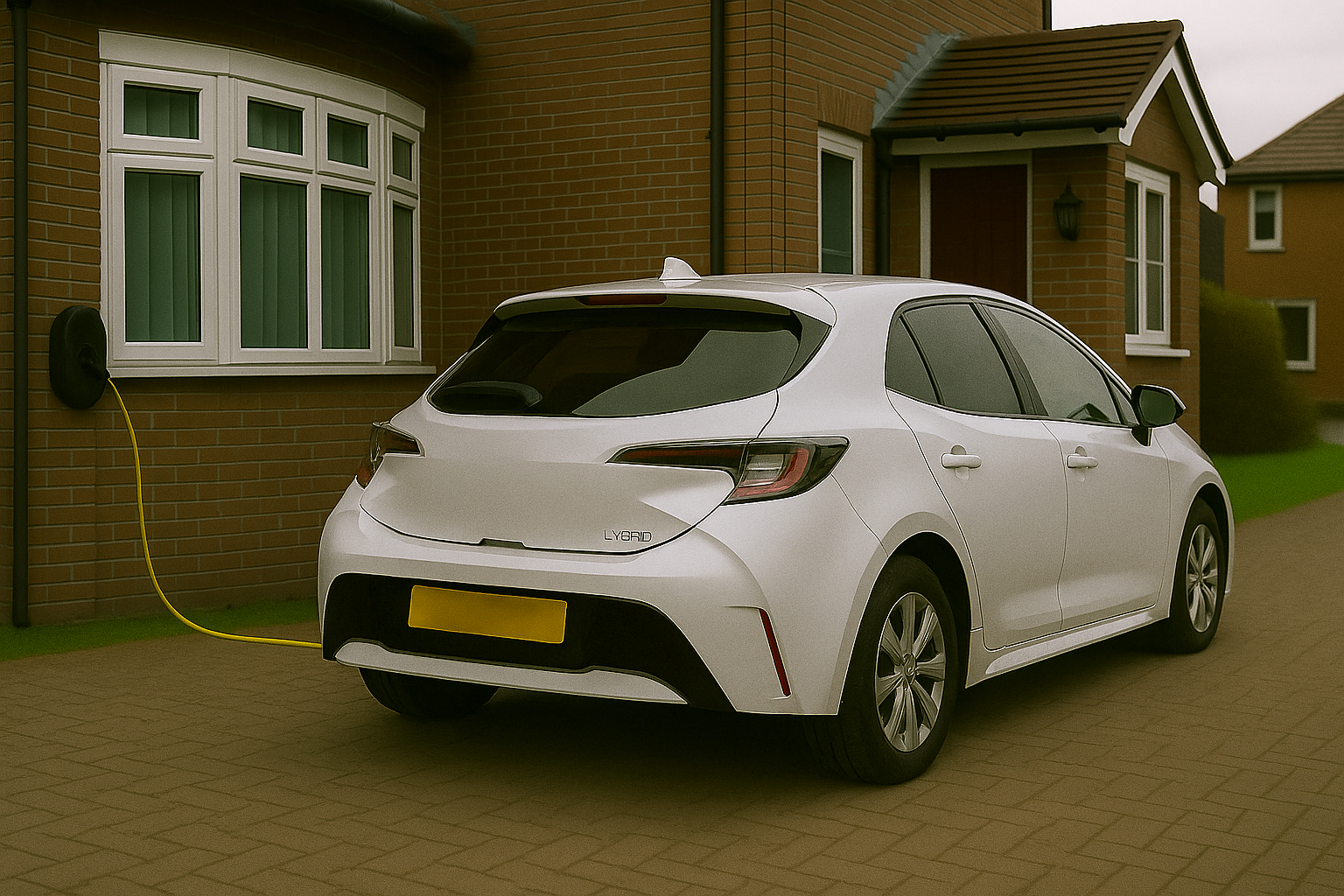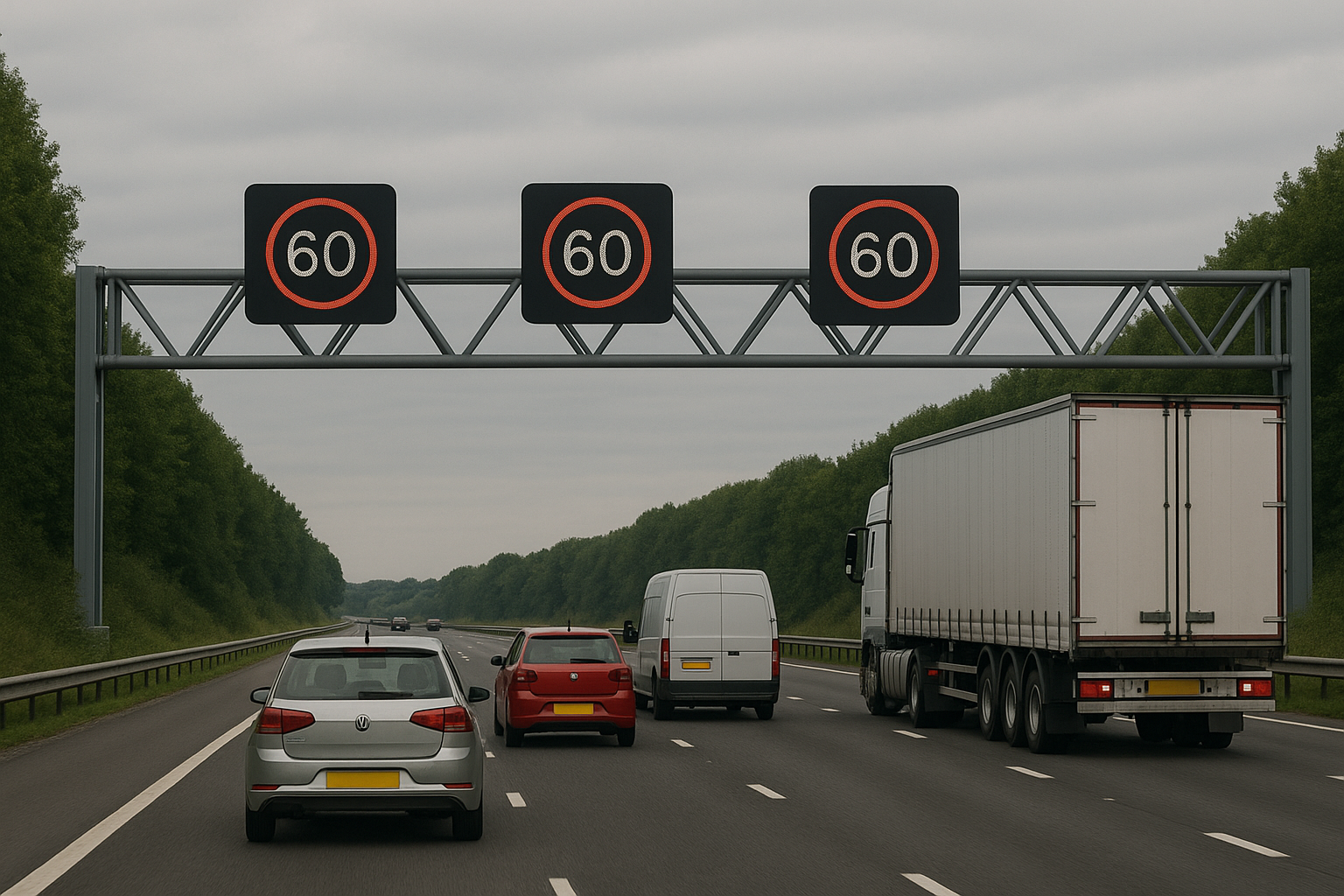The Evolution of EV Charging Infrastructure in the UK
Over the past decade, the UK has seen a remarkable transformation in the way drivers fuel their vehicles. As electric vehicles (EVs) move from being a niche choice to a mainstream option, the country’s EV charging infrastructure has had to evolve rapidly. Today, charging points are more accessible than ever, but the journey to this point highlights both innovation and challenges.
Early Days of EV Charging
When electric cars first appeared on UK roads, charging facilities were sparse and often limited to private homes or experimental pilot schemes. Range anxiety – the fear of running out of power without a nearby charging point – was one of the biggest obstacles to adoption. At the time, most EV drivers relied heavily on home chargers, with very few public stations available.
Expansion Through Government and Industry Initiatives
Recognising the importance of cleaner transport, government-backed funding and private sector investment accelerated the rollout of public charging stations. Supermarkets, motorway services, and local councils began to introduce charge points, making it easier for drivers to integrate EVs into everyday life. Incentive schemes also supported the installation of home and workplace chargers, creating a strong foundation for growth.
Fast and Rapid Charging Technology
One of the most significant shifts in the UK’s EV charging landscape has been the introduction of fast and rapid charging. Early 7kW chargers suited overnight use, but demand for quicker turnaround times pushed the development of 50kW rapid chargers and even 150kW ultra-rapid hubs. This advancement reduced waiting times drastically, making long-distance EV travel far more practical.
Integration with Renewable Energy
Another important step in the evolution of EV charging has been the move towards sustainability. Many networks are now powered by renewable energy, aligning EV use with the UK’s broader carbon reduction goals. Some charging stations even combine battery storage and solar power, providing greener electricity and easing pressure on the national grid.
Smart Charging and Future Innovation
The future of charging in the UK is set to be even more dynamic. Smart charging technology now allows vehicles to charge during off-peak hours, helping drivers save money while reducing strain on the grid. Vehicle-to-Grid (V2G) trials are also underway, where EVs can return surplus energy to the network, potentially turning cars into mobile energy assets.
Challenges Still Ahead
While progress has been impressive, challenges remain. Charging availability can still vary by region, with rural areas often underserved compared to major cities. Standardisation of payment systems and charger compatibility continues to be an important issue for drivers. However, with continued investment and innovation, these hurdles are being steadily addressed.
Regional Growth and Driver Confidence
Another positive sign in the evolution of EV charging infrastructure in the UK is the steady expansion of regional networks. Major cities now offer a wide choice of rapid and ultra-rapid chargers, while smaller towns and communities are beginning to benefit from council-backed projects and private investment. This growth helps build driver confidence, making electric vehicles a practical option for both urban and rural travel. As more charging hubs are installed at supermarkets, workplaces, and public car parks, accessibility continues to improve, supporting the wider shift toward sustainable mobility.
Conclusion
The UK’s EV charging infrastructure has evolved from a small network of scattered chargers into a growing nationwide system that supports the country’s transition towards sustainable mobility. As technology advances and adoption increases, drivers can expect even faster, smarter, and greener charging solutions.
At Motor Bridge UK – Complete Motoring Hub for Drivers, we’ll continue to track these developments and provide insights to keep drivers informed on the road ahead for smarter motoring.




